Chemnitz was a special city in GDR times, but not just due to its former name. In 1953, the SED had proclaimed a Karl Marx Year. And in order to emphasize the solidarity of the workers of the industrial city of Chemnitz with socialism, the SED leadership decided to name the entire city and thus also the district after the philosopher and founder of scientific socialism. From then until 1990, Karl Marx Stadt was the name of one of the most important industrial cities in the GDR. In order to do justice to the name, the SED launched an enormous reconstruction program for Karl Marx Stadt. Many traces of this can still be seen today from all areas of society. So today we go to the most important sights of the GDR Chemnitz.
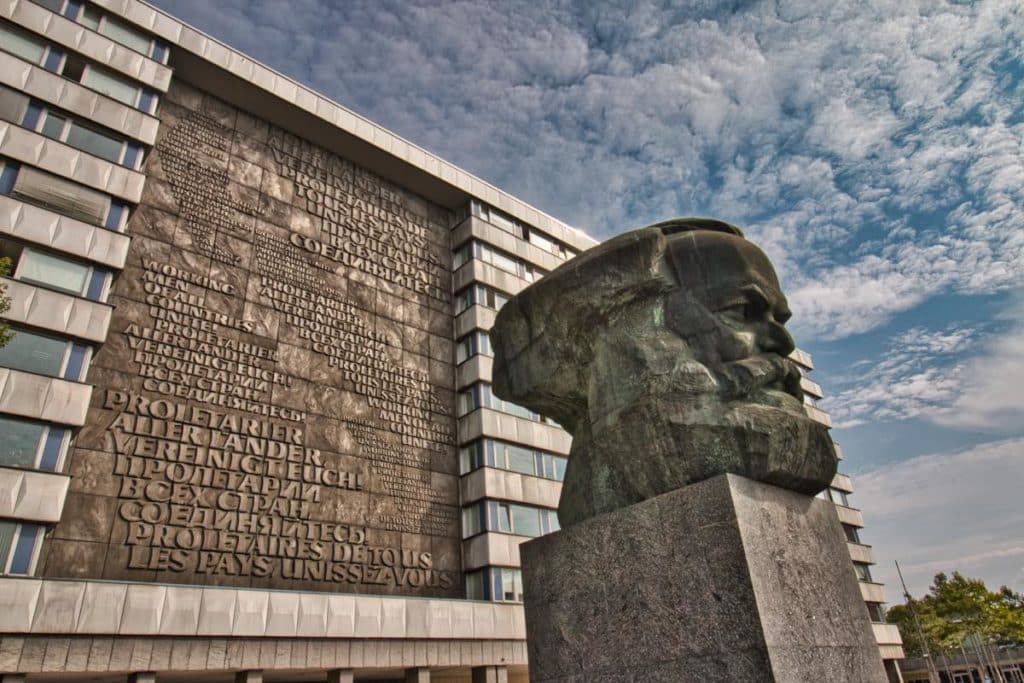
Nischl – Karl Marx Monument
Probably the most famous landmark of Chemnitz today is the large head of Karl Marx on Brückenstraße. The Karl Marx Monument was inaugurated in 1971 and created by the Soviet artist Lev Korbelev. It is the second largest bust in the world, after the Lenin head in Ulan-Ude. The relief behind it depicts the central phrase from Karl Marx’s Communist Manifesto in four languages, “Proletarians of all countries unite.” The monument has survived many demolition efforts. Unlike the name of the city, the people of Chemnitz did not want to get rid of Karl Marx here.
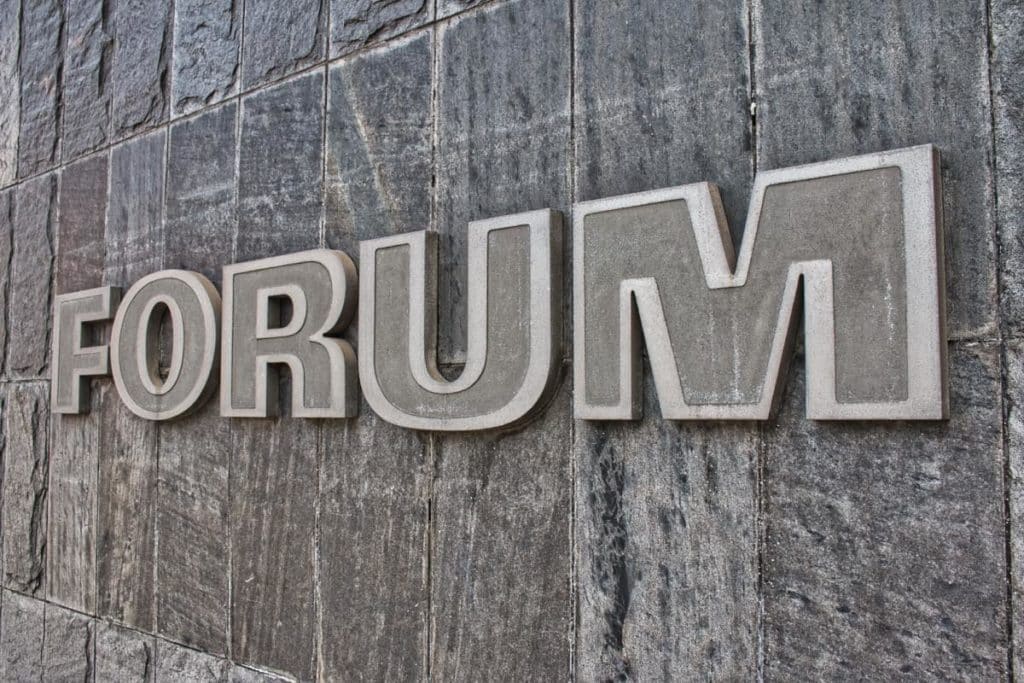
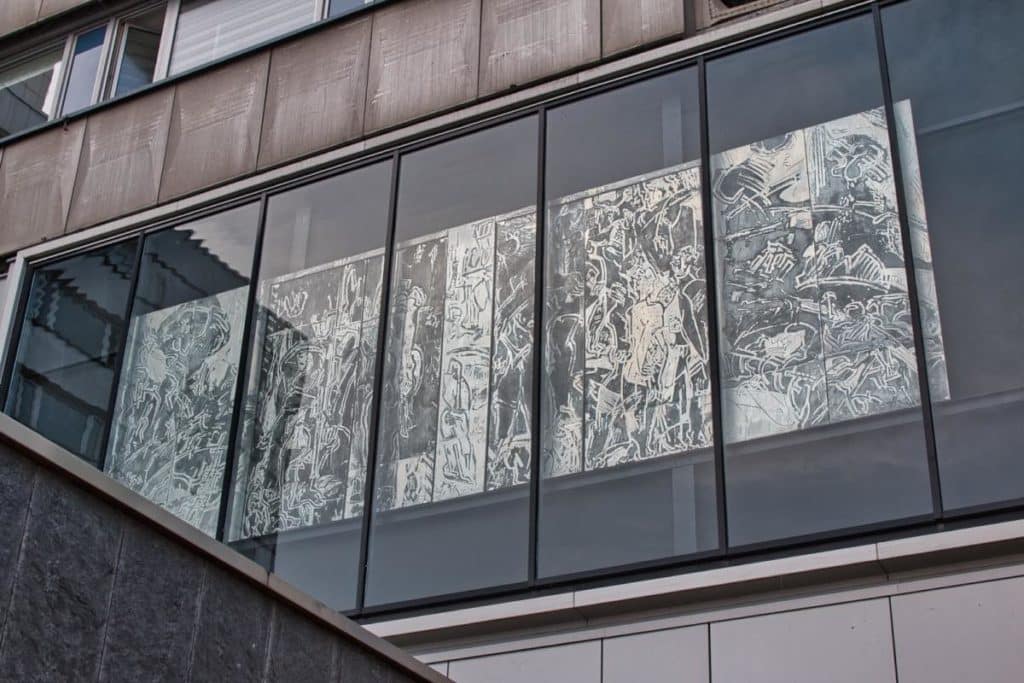

District Council
The GDR was not divided into federal states, but into districts. Despite its centralized administration, each district had a district council. In Karl Marx Stadt, this was located in Brückenstraße, in the building directly behind the Karl Marx Monument. It was from here that the district was administered. On the building complex there are some architecturally interesting details such as reliefs. The building, even though it is part of the GDR architecture, fits wonderfully into the city of modernity with the aluminum cladding.

Interhotel Kongreß
The tallest building in GDR Chemnitz was the then Interhotel Kongreß Karl-Marx-Stadt. The building is a prime example of Brutalism and much less delicate than many other GDR buildings in Chemnitz. Especially because of the rather small windows, the edifice, which was built from 1969 to 1974, looks very massive. Even today, there is still a hotel here, but the Dorint occupies only the top floors of the building. However, you still have a great view from there. However, if you prefer to stay elsewhere, you can at least go to the Panorama Restaurant on the 26th floor. There you get the view for free with food and drinks.
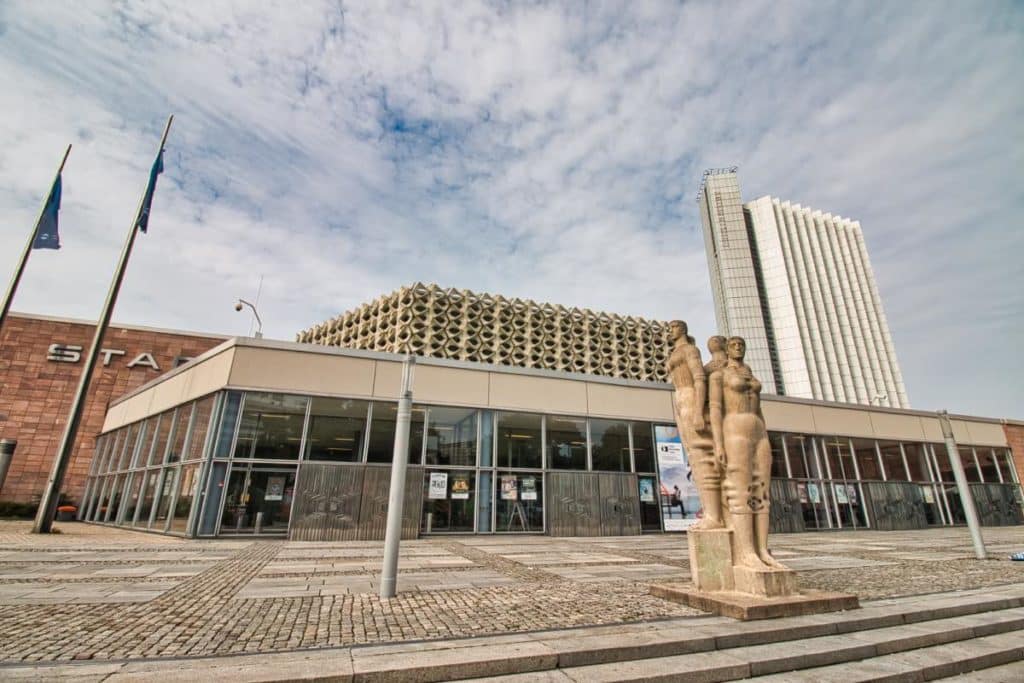
Stadthalle
At the same time, together with the hotel, the Stadthalle was built as the central event hall of Karl-Marx-Stadt. However, architect Rudolf Weißer designed it in a very special way. The arrangement of the columns in particular creates a convertible hall character for the interior. The exterior facade is also unique in its design and makes a great photo motif together with the adjacent fountain or the sculpture “Beauty and Pride of Mankind in Socialism” by Gerd Jaeger. If you go to an event in the building, you can also admire the impressive art on/inside the building like the sculpture “Und sie bewegt sich doch! – Galilei” (“And yet she is moving – Galilei”) or one of the reliefs.
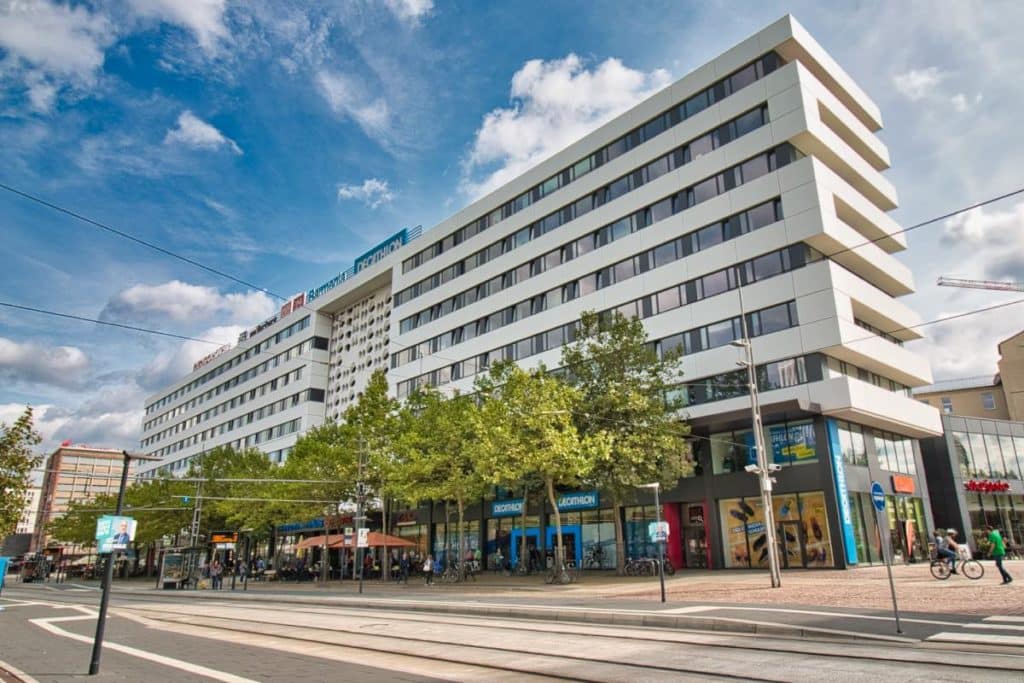
Rawema building
Directly opposite the Karl Marx Monument, Rawema had its headquarters since 1969. Rawema stood for “rationalization of machine tool manufacturing”. The company was a machine builder in the GDR and manufactured complete industrial plants – worldwide. The VEB (People’s cooperation) had its headquarters at 12, Straße der Nationen. Today, a hotel and many small stores can be found here.
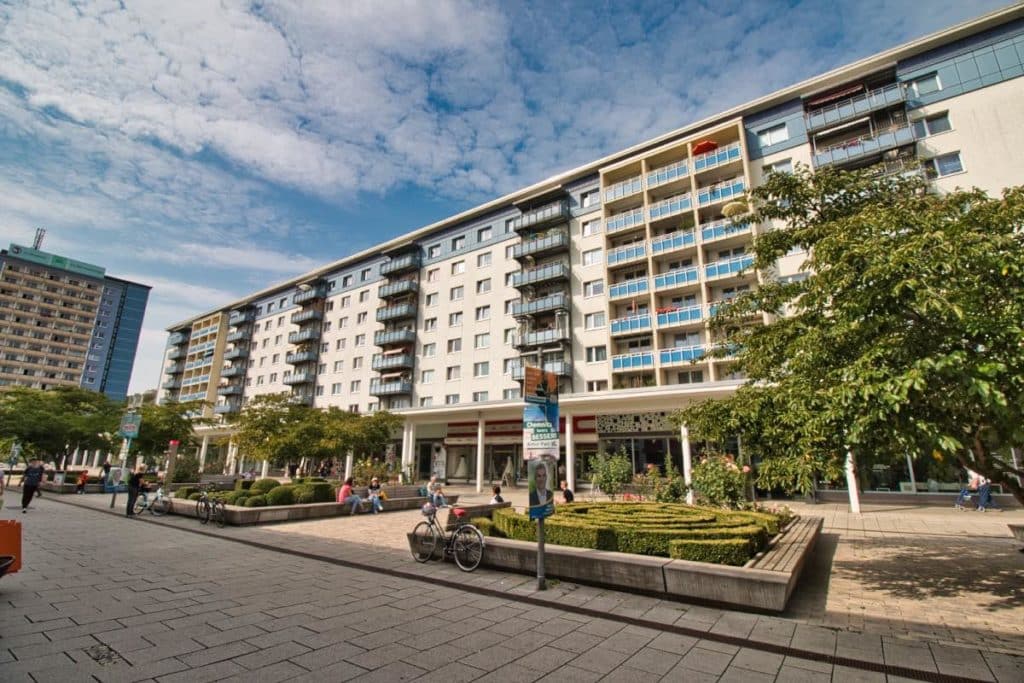
Rosenhof
In GDR Chemnitz, the main promenade was between Straße der Nationen and Rosenhof. Rosenhof was a showcase program for urban development in the GDR. This was because the city, which had been heavily destroyed during the war, was to be rebuilt according to socialist standards. At Rosenhof, the city set up the “Pionier” children’s department store and the “Kosmos” dance bar. Several more buildings were to follow until the city abandoned the plans in favor of the Heckert area. The inner city became a permanent wasteland, which was not remedied until after reunification.
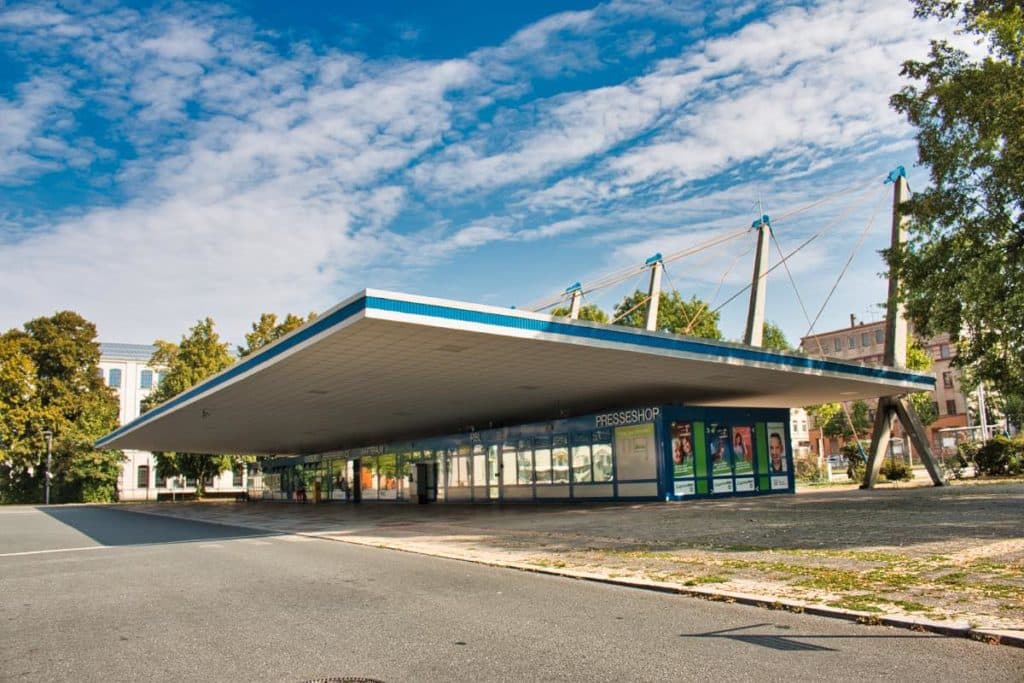
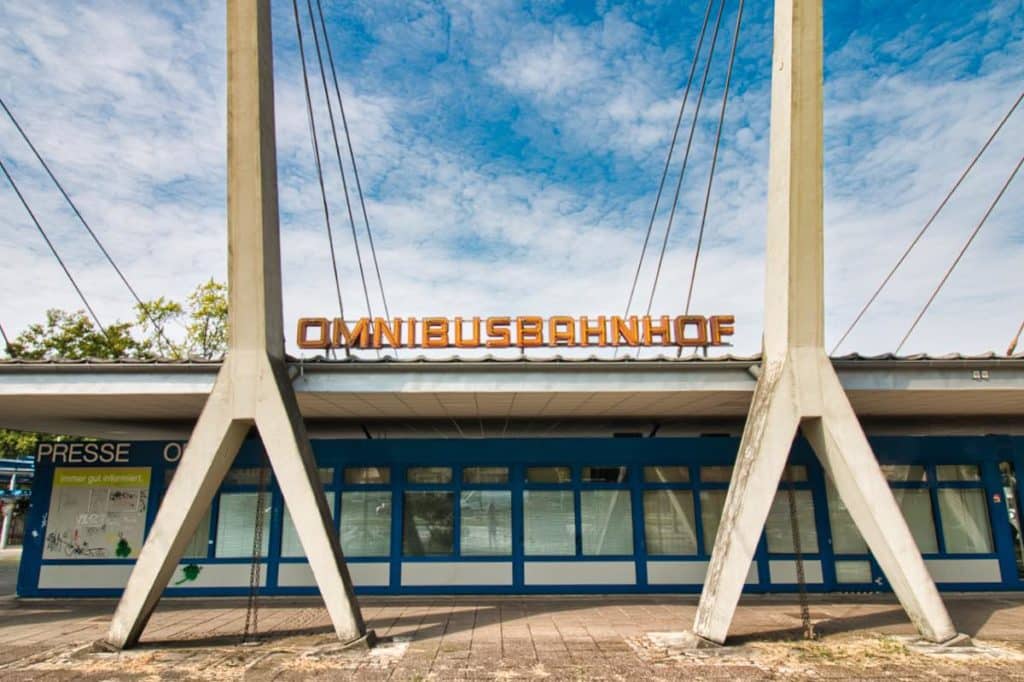
Bus station
The bus station was opened in 1969 and was one of the most modern bus stations in Europe at the time. Every day, hundreds of buses took working people to their companies or from the surrounding area to Karl Marx Stadt. Today, the bus station is a protected monument, especially because of its 1200 square meter roof. Personally, I find it beautiful. Unfortunately, however, the Ikarus buses, which used to be so frequent, no longer depart from here.
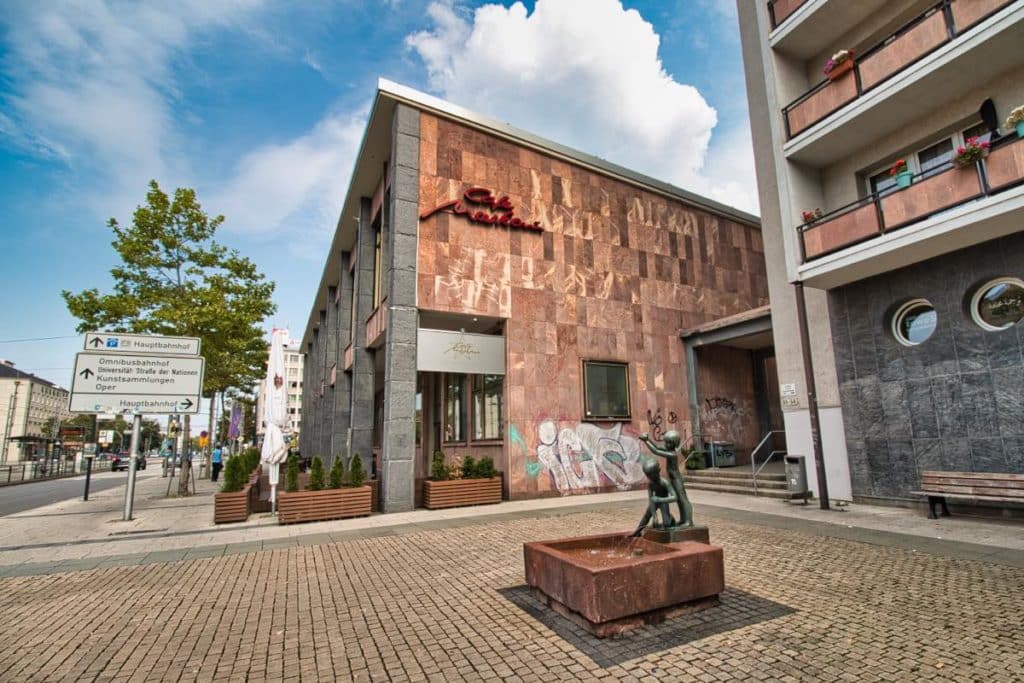
Residential buildings at Straße der Nationen 24 to 52
The ensemble of buildings on the Straße der Nationen is something like the Karl-Marx-Allee of Chemnitz. The buildings were all constructed in the 1960s. And just like the Berlin original, there is also a Café Moskau here. Along the street there are also some works of art and fountains like the Wedding Fountain or the Fountain “Friendship of Nations”.
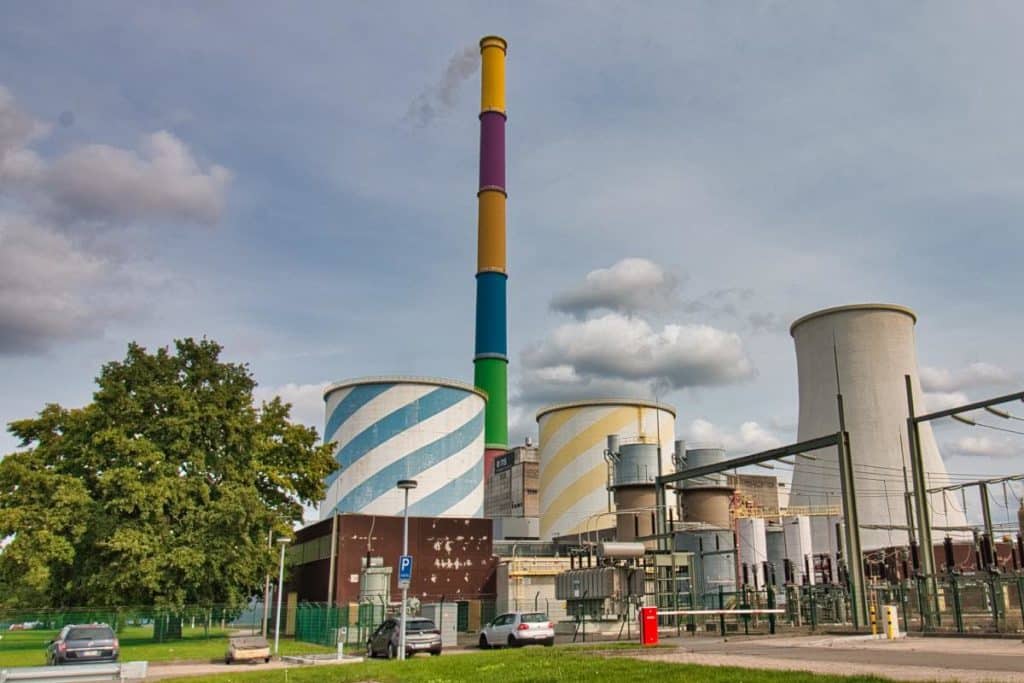
Chimney of the Thermal Power Plant “Nord”
When people talk about the tallest buildings in the GDR, most people think of the television towers. But hardly anyone has in mind the many chimneys that shaped the image of the industrialized GDR. With regard to Chemnitz, it is even possible to report a record, because the chimney of the northern thermal power plant is not only the highest in Chemnitz at 302 meters. It is even the tallest structure in Saxony and the third tallest structure in the former GDR after the Berlin TV tower and the Burg transmitter. Since 2013, the chimney has also been the world’s tallest work of art, having been painted in seven colors based on suggestions by French artist Daniel Buren, and is also illuminated at night.
Works of art in socialist realism style
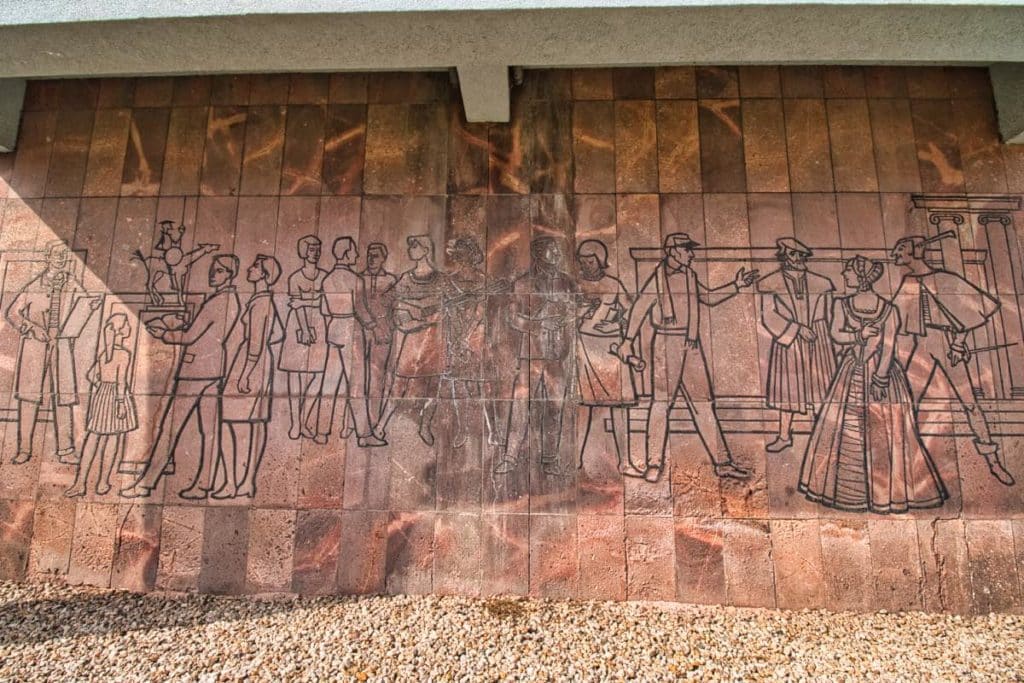

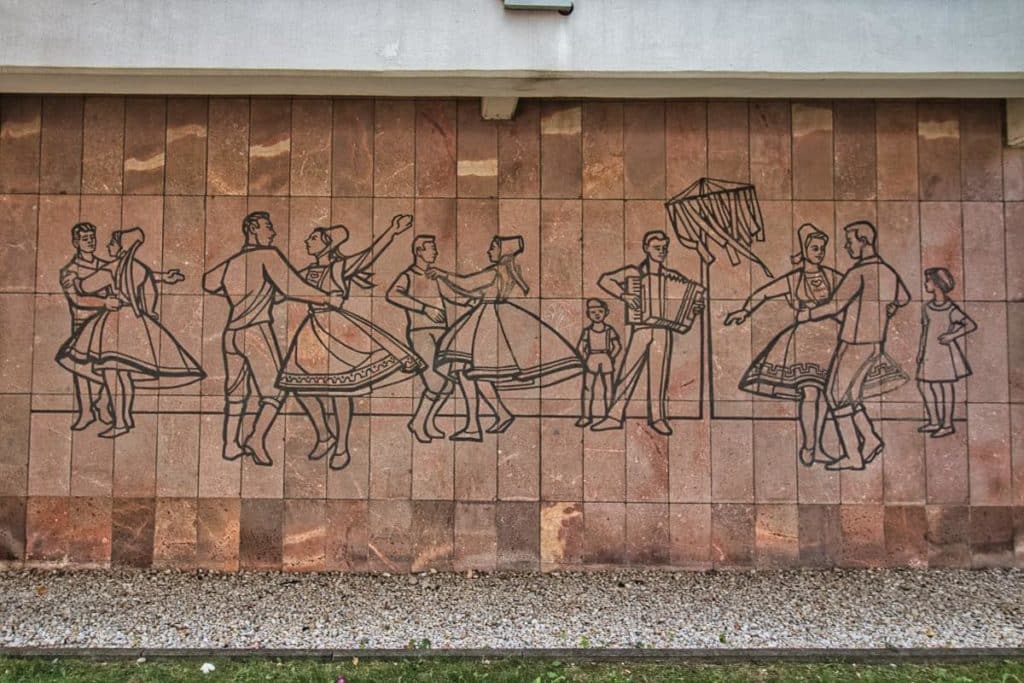
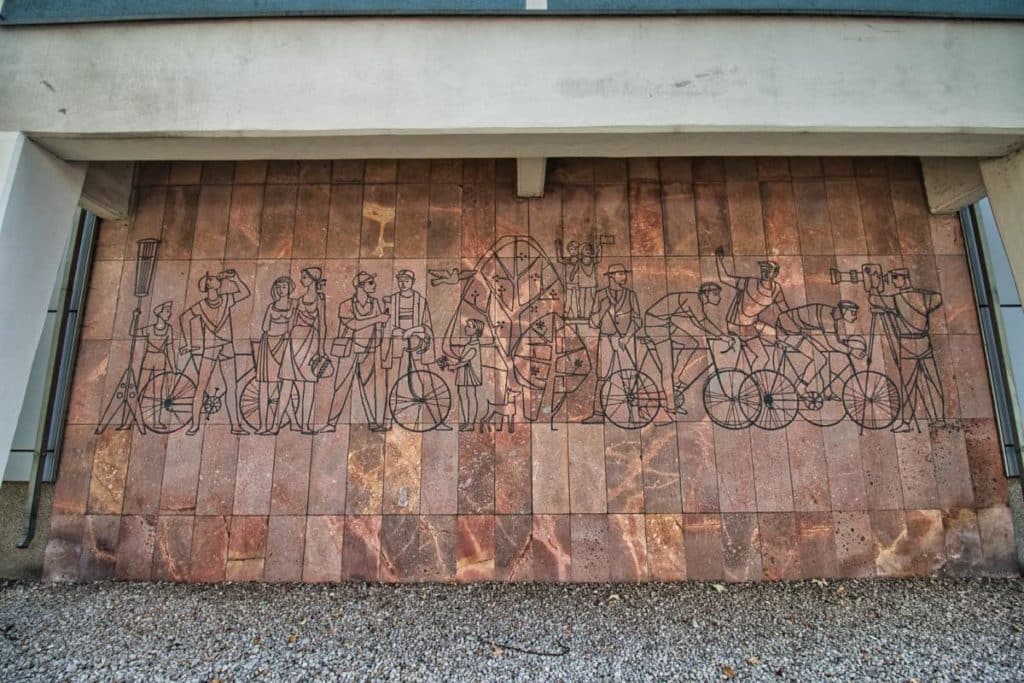
Murals on residential buildings at Brückenstraße
In 1964 and 1965, several lead inlays were created to adorn prefabricated apartment buildings along Brückenstraße in Chemnitz as murals. They were created by artists Rudolf Kraus, Robert Diedrichs, Rudolf Fleischer and Johannes Belz and show, among other things, motifs of a dance by a Soviet people as well as athletes, a street scene and an educational institution. The paintings are located on the transverse sides below the balconies of the buildings.
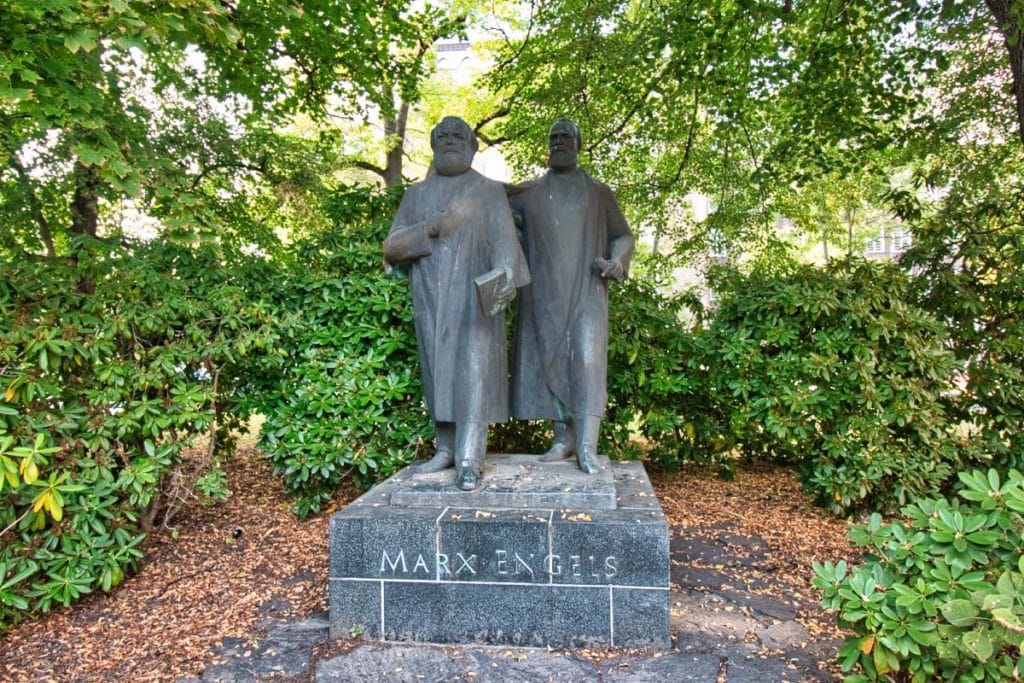
Marx Engels sculpture in the Park of the Victims of Fascism
As if one Marx monument is not enough, Chemnitz has yet another one. For this one, however, he is not alone, but is represented together with Friedrich Engels in the Park of the Victims of Fascism. The sculpture was already created in 1957 by Walter Howard and is the first to depict Marx and Engels together. Thus, this portrait is a precursor of the monument of the Marx-Engels Forum in Berlin.
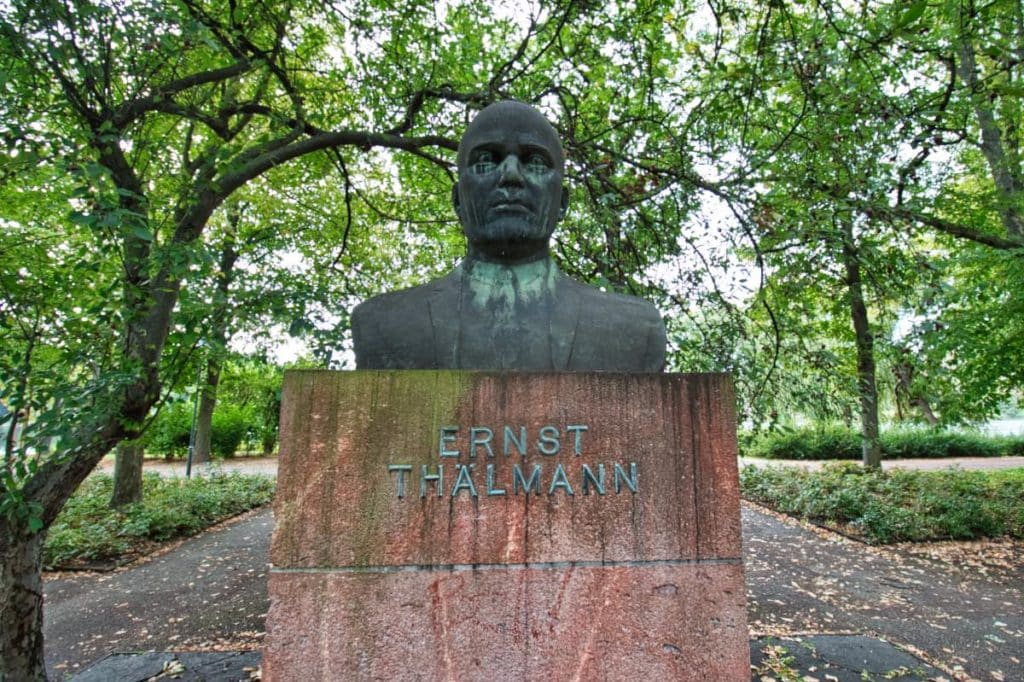
Ernst Thälmann Monument at the Castle Pond
The people of Karl-Marx-Stadt have also erected a monument to the Communist leader Ernst Thälmann, who was murdered by the Nazis. At the memorial next to the castle pond (Schlossteich), the bust by artist Hanns Diettrich depicts KPD leader Ernst Thälmann. The memorial is little maintained today and is ignored at best.
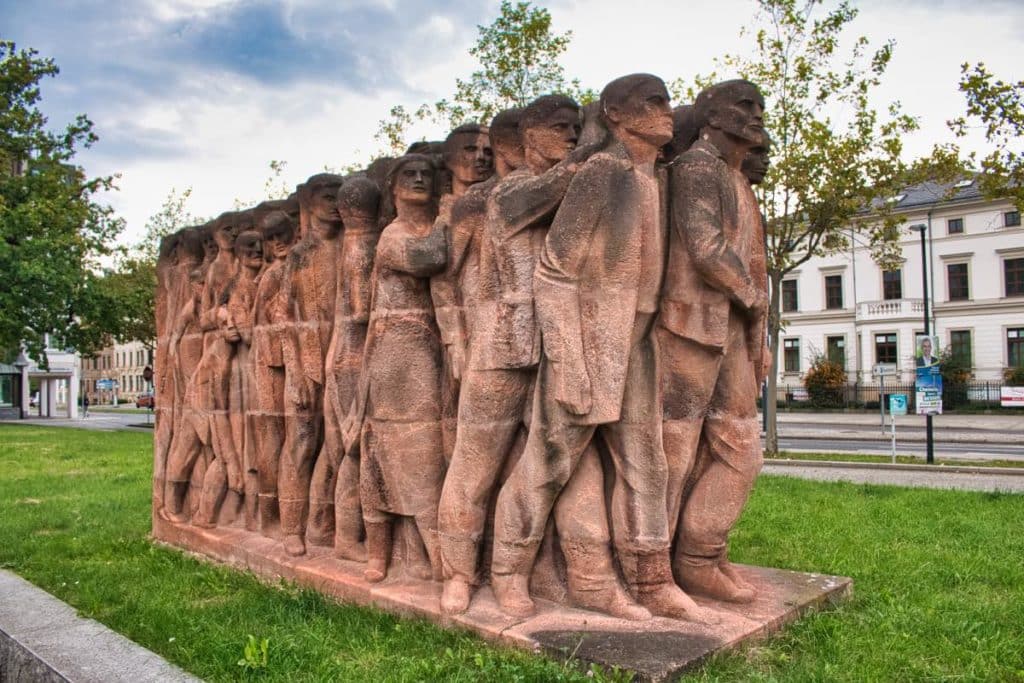
Monument to the August Fighters
The monument to the August Fighters was also designed by Hanns Dietrich. On August 9, 1919, there were heavy street battles in Chemnitz between workers and demonstrators with Reichswehr units from other cities. A total of 36 people lost their lives in the fighting. This fight was honored by the GDR leadership as a sacrifice in the struggle against fascism. That is why the monument was erected at the main site of the street battles.
Fritz Heckert residential area
For a time, the “Heckert” was the second-largest, and later still the third-largest prefabricated housing estate in the GDR. 90,000 people lived here in eight housing complexes in 1989. The Heckert was born out of necessity, because the GDR government needed housing for its dissatisfied citizens and therefore decided at the VIII Party Congress to massively expand the housing construction program. As a result, new housing estates were built in almost all GDR cities. Some held over 100,000 residents. The Fritz Heckert residential area grew around a few villages and was connected to Karl-Marx-Stadt by streetcars and buses. The apartments were in high demand, offering district heating and indoor toilets – not a matter of routine in the GDR. After reunification, the area shrank badly. Today, only about 35,000 people live here. The trend is stable.
GDR sights in the Küchwald forest
Küchwald is the garden of Chemnitz and for many Chemnitz residents associated with fond childhood memories. And also in GDR times some sights were created here.
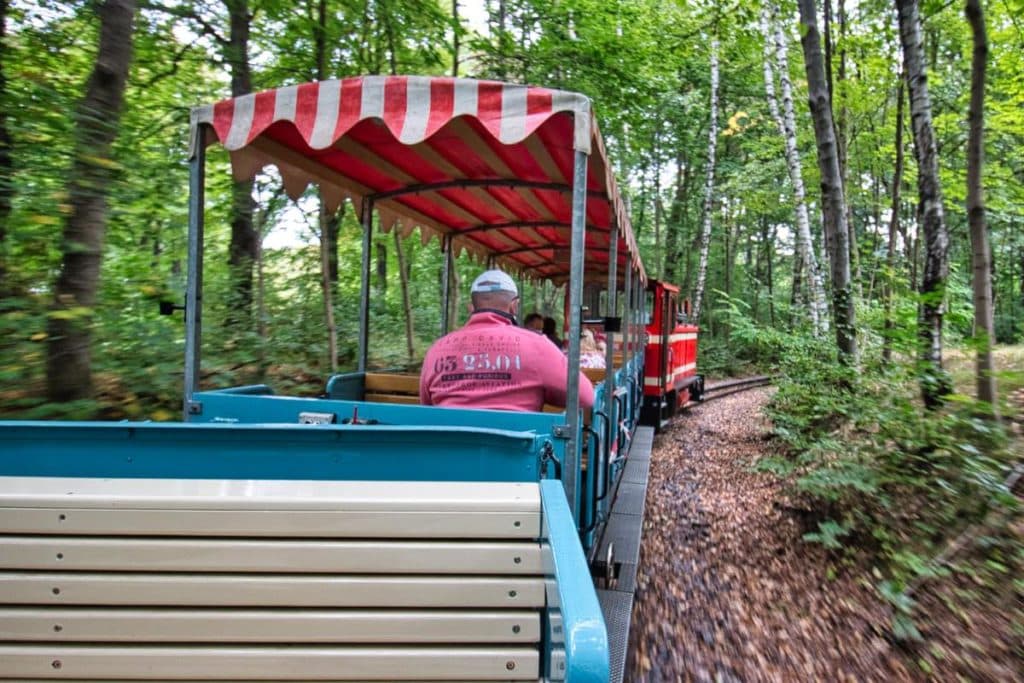
Pioneer Railway
In many cities of the GDR there were so-called pioneer railroads. These small park railroads were operated by members of the communist youth organizations. Children sold tickets here, acted as conductors and checked the tickets – just like on a real train. Only the driving of the locomotives was left to adults. In most pioneer railroads, adults now call the shots in all positions. Not so in Chemnitz. In the park railroad, mainly children are organized and take care of the operation. However, they are still not allowed to drive any locomotives.
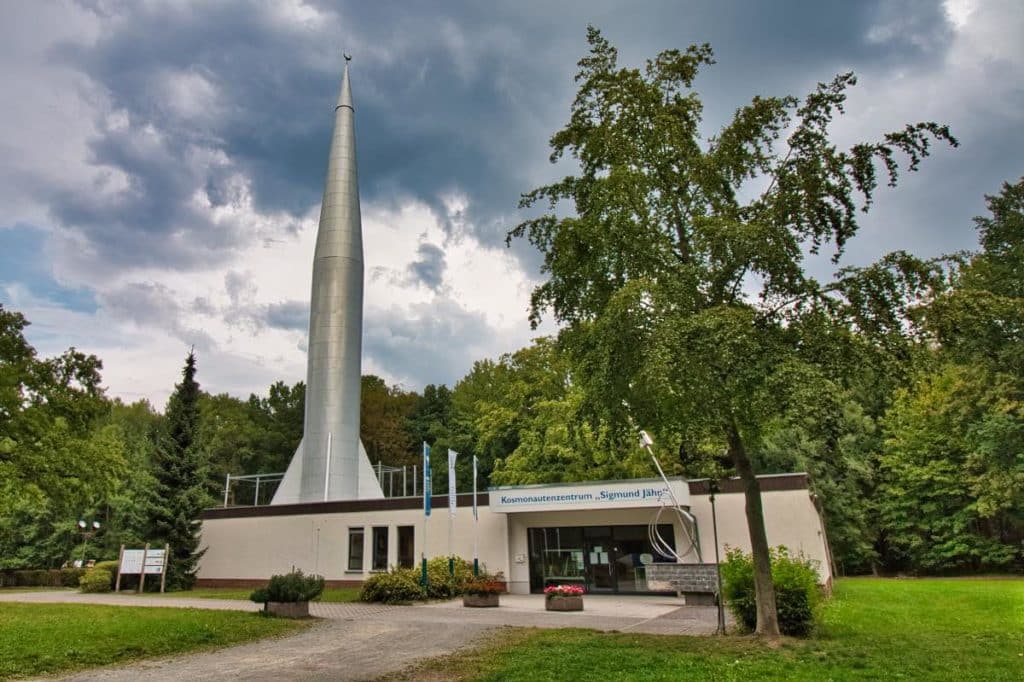
Sigmund Jähn Cosmonaut Center
One of the most important propaganda battles of the Cold War was the one for the conquest of space. That’s why the Soviet Union invested massive resources in the contest for the cosmos. Cosmonauts, or astronauts, as they are called in the west, were celebrated everywhere. In Karl Marx Stadt, too, a cosmonaut center was built to inform children about cosmonauts, rocket technology and space. Initially, it was named after the Soviet space pioneer Juri Gagarin when it opened. However, after Sigmund Jähn became the first German to fly into space, the site in Küchwald was renamed the “Sigmund Jähn” Cosmonaut Center. To this day, you can see some parts of Soviet spaceflight and models here, learn a lot about the profession of cosmonaut and a lot more.
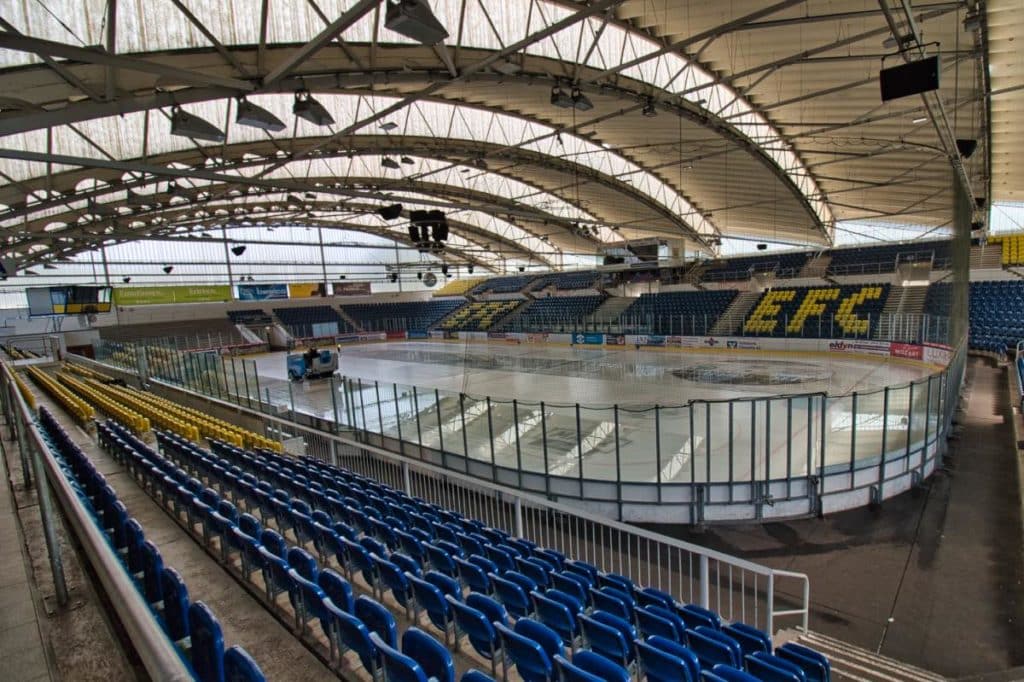
Ice Sports Center
The Karl Marx Stadt Ice Sports Center was not only one of the best ice sports halls in the GDR. Started in 1954 and roofed over in 1964, it was one of the central competition venues for ice sports in the GDR. The ice sports center was also used to train outstanding Olympic participants of the GDR Olympic teams for the Winter Games, where the GDR regularly won medals. Today, the ice sports hall is mainly home to the Chemnitz Crashers ice hockey club.
Club Cinema Siegmar
Even though the movie theater actually dates from the Art Nouveau period, the Karl-Marx-Stadt District Film Office converted it into a so-called club cinema in 1981/1982. Club cinemas had spacious seating and guests sat on armchairs at tables while watching the screen. Smoking was allowed. The cinema still exists today and still looks very much like the 1980s.
More GDR Chemnitz buildings and artworks wanted!
As you can see, we have already collected quite a lot of GDR buildings and artworks of the old Karl Marx Stadt. But we would like to find more such places with GDR reference during our next visit. Do you know any other interesting GDR buildings? Do you still notice GDR sculptures in Chemnitz today? We would be happy if you leave us a comment and let us know. Preferably with an exact address/location, if possible! Thank you!
Buch- und Filmtipps
Schöner Bildband, der Chemnitz in all seinen Facetten einfängt.
No products found.
No products found.
No products found.

